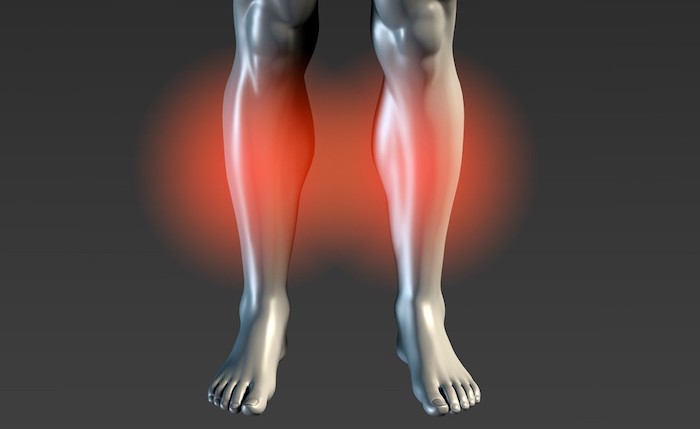
What Are Shin Splints?
Shin splints are the term used to describe the pain along the tibia that occurs with physical exertion. It is a catch-all term used to describe the pain that ranges from the knee to the ankle, from muscle pain to tenderness and soreness in the inner part of the leg, dull aches in the front of the leg, and swelling of the lower leg. Usually, the medical term used is medial tibial stress syndrome or MTSS.
Why Do Shin Splints Happen?
In a nutshell, you are overdoing it. Shin splints tend to happen with repeating a range of motion over and over many times, especially when you are not used to it. Take running, for example. This is something that plagues most beginner runners. Due to a lack of stamina and experience, patients engage in running and overdo it, resulting in shin splints. The same goes for bikers, dancers, skaters, and just about any sport that involves using the legs heavily.
Shin splints can also be the result of micro-bone fractures. The body can repair these fractures, and to do so, needs downtime. If you do not allow enough rest, these small fractures can worsen, leading to more significant problems down the road.
Symptoms of Shin Splints
Pain along or on either side of the shin bone or muscle; tenderness in the inner part of the leg; and swelling, numbness, or weakness in the feet or leg.
Who Is At Risk for Shin Splints?
Those at risk for shin splints are people engaging in exercise routines that involve excessive use of the legs. For example, dancers, runners, soccer players, basketball players, etc. Especially if they are new to the sport, they are likely to develop shin splints as their legs are not used to exertion.
Preventing Shin Splints
Common causes of shin splints include using shoes that do not fit well or that do not provide the necessary support. Additional causes are not warming up before starting your exercise routine, exercising on uneven terrain, increasing the level of intensity too quickly, not stretching, and overdoing any exercise, especially running.
Overall, just try to have your feet supported, lessen the impact on your shins, and try adding some strength training to your routine as it will help stabilize your legs, thereby preparing you to deal with a higher impact in the future.
When Should You Call Your Medical Professional?
First, you should stop any physical activity and apply ice; if the pain continues despite the ice and the downtime, you should see your doctor. Another good reason to seek professional help is if you do not know where the pain came from. If you have not started a new exercise routine that could be responsible for the pain, it is better to be safe than sorry.
If your symptoms worsen or you experience swelling, you should seek medical attention. It is essential to determine if you have a stress fracture or some other issue that may be contributing to the pain because shin splints alone should subside with adequate rest and improved conditioning over time.
Precision Pain Care and Rehabilitation has two convenient locations in Richmond Hill – Queens and New Hyde Park – Long Island. Call the Queens office at (718) 215-1888, or (516) 419-4480 for the Long Island office, to arrange an appointment with our Interventional Pain Management Specialist, Dr. Jeffrey Chacko.













